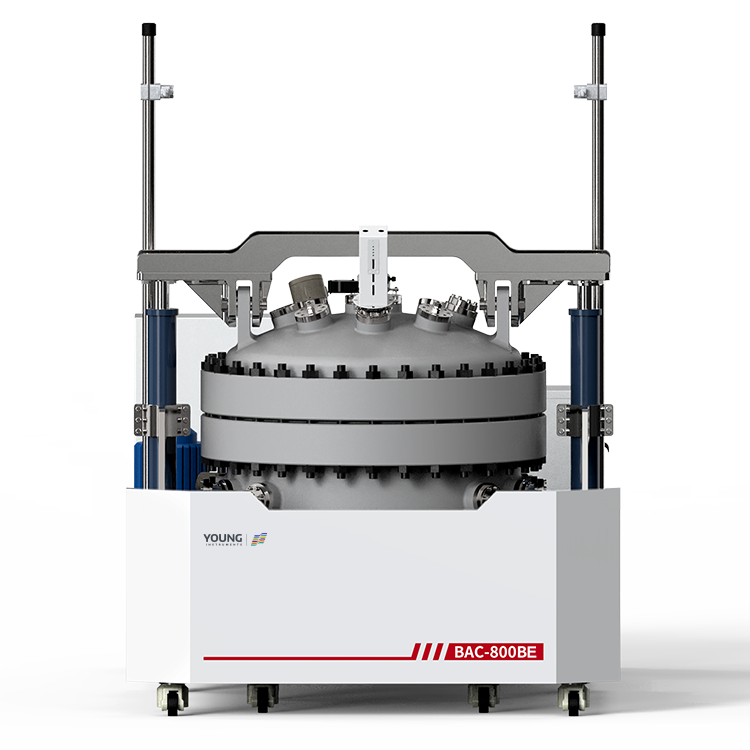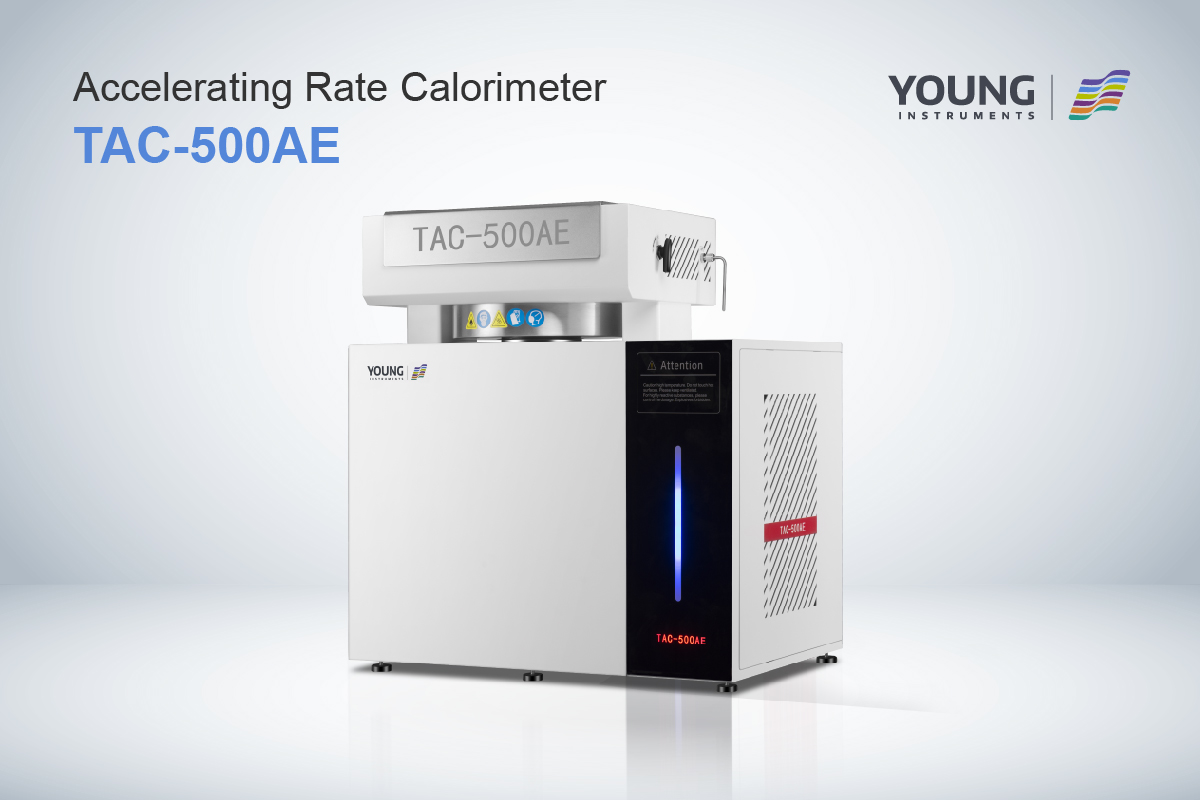Thermal Properties Analyzer: Understanding Heat Transfer in Materials
If you work with materials that require accurate thermal analysis, then you may be interested in learning more about thermal properties analyzers. These instruments are designed to measure various thermal properties of materials, including thermal conductivity, thermal resistivity, thermal diffusivity, and specific heat. They are commonly used in industries such as construction, electronics, and aerospace to ensure that materials meet specific performance requirements.
Thermal properties analyzers use various techniques to measure thermal properties, including the transient plane source (TPS), guarded heat flow meter (GHFM), and thermal conductivity meter (TCM). These techniques are based on different principles, but they all involve applying heat to a material and measuring the resulting temperature change. The data obtained from these measurements can be used to evaluate the thermal performance of materials and to optimize their design and use.
If you are interested in learning more about thermal properties analyzers, this article will provide an overview of their principles, components, measurement techniques, applications, and data interpretation and analysis. Whether you are a researcher, engineer, or technician, this information can help you select the right thermal properties analyzer for your needs and use it effectively to obtain accurate and reliable data.
Key Takeaways
- Thermal properties analyzers measure various thermal properties of materials and are commonly used in industries such as construction, electronics, and aerospace.
- These instruments use various techniques, including TPS, GHFM, and TCM, to measure thermal properties based on the principle of applying heat and measuring temperature change.
- The data obtained from thermal properties analyzers can be used to evaluate the thermal performance of materials and to optimize their design and use.
Principles of Thermal Analysis
Thermal Analysis (TA) is a technique used to measure the physical and chemical properties of materials as a function of temperature or time. TA is a powerful tool for characterizing materials, and it is widely used in various fields, including pharmacy, polymer science, materials, and glasses. In this section, we will discuss the principles of three common TA techniques: Differential Scanning Calorimetry (DSC), Thermogravimetric Analysis (TGA), and Dynamic Mechanical Analysis (DMA).
Differential Scanning Calorimetry
Differential Scanning Calorimetry (DSC) is a technique that measures the heat flow into or out of a sample as a function of temperature or time. DSC is used to determine the thermal properties of materials, including melting point, glass transition temperature, crystallization temperature, and enthalpy of fusion. The DSC technique works by measuring the difference in heat flow between the sample and reference material as they are both heated or cooled at a constant rate. The resulting curve shows the changes in heat flow as a function of temperature or time.
Thermogravimetric Analysis
Thermogravimetric Analysis (TGA) is a technique that measures the weight loss of a sample as a function of temperature or time. TGA is used to determine the thermal stability of materials, including decomposition temperature, ash content, and moisture content. The TGA technique works by measuring the weight of the sample as it is heated or cooled at a constant rate. The resulting curve shows the changes in weight as a function of temperature or time.
Dynamic Mechanical Analysis
Dynamic Mechanical Analysis (DMA) is a technique that measures the mechanical properties of a sample as a function of temperature or time. DMA is used to determine the viscoelastic properties of materials, including storage modulus, loss modulus, and damping coefficient. The DMA technique works by applying a sinusoidal stress or strain to the sample and measuring the resulting deformation as a function of temperature or time. The resulting curve shows the changes in mechanical properties as a function of temperature or time.
In summary, Differential Scanning Calorimetry, Thermogravimetric Analysis, and Dynamic Mechanical Analysis are three common techniques used in Thermal Analysis. Each technique has its unique advantages and limitations, making them suitable for different applications. By understanding the principles of these techniques, you can choose the most appropriate technique for your specific application.
Components of a Thermal Properties Analyzer
A Thermal Properties Analyzer (TPA) is a scientific instrument that measures the thermal properties of a material. The TPA is made up of three main components: the Temperature Control Unit, Sample Holder, and Detection System.
Temperature Control Unit
The Temperature Control Unit (TCU) is responsible for maintaining a constant temperature during the measurement process. The TCU typically consists of a heater, a thermocouple, and a controller. The heater is used to heat the sample, while the thermocouple measures the temperature. The controller regulates the temperature by adjusting the power supplied to the heater.
Sample Holder
The Sample Holder (SH) is responsible for holding the sample during the measurement process. The SH must be designed to maintain good thermal contact with the sample and to prevent any heat loss to the environment. The SH must also be designed to allow for easy insertion and removal of the sample.
Detection System
The Detection System (DS) is responsible for measuring the thermal properties of the sample. The DS typically consists of a heat source, a temperature sensor, and a data acquisition system. The heat source is used to apply a known amount of heat to the sample, while the temperature sensor measures the resulting temperature change. The data acquisition system is used to record the temperature change over time.
In summary, the TPA is made up of three main components: the Temperature Control Unit, Sample Holder, and Detection System. The TCU maintains a constant temperature during the measurement process, the SH holds the sample during the measurement process, and the DS measures the thermal properties of the sample.
Measurement Techniques
When using a Thermal Properties Analyzer, there are several measurement techniques that are important to understand. These techniques include temperature modulation, sample preparation, and baseline determination.
Temperature Modulation
Temperature modulation is a technique that involves changing the temperature of the sample in a cyclical manner. This is done to enhance the sensitivity of the measurement and to extract more information about the sample. The temperature modulation technique can be used in conjunction with other measurement techniques, such as differential scanning calorimetry (DSC) or thermal conductivity analysis (TCA).
Sample Preparation
Sample preparation is an important step in the measurement process. It involves preparing the sample in a way that is appropriate for the measurement technique being used. For example, if the sample is a solid material, it may need to be ground into a powder or compressed into a pellet. If the sample is a liquid, it may need to be sealed in a container to prevent evaporation.
Baseline Determination
Baseline determination is the process of establishing a baseline measurement for the Thermal Properties Analyzer. This is done to ensure that the measurements taken are accurate and reliable. The baseline measurement is typically taken with a known reference material, such as a pure metal or a standard polymer. The baseline measurement can be used to calibrate the instrument and to correct for any drift or noise in the measurement.
In summary, understanding the measurement techniques used in a Thermal Properties Analyzer is important for obtaining accurate and reliable results. Temperature modulation, sample preparation, and baseline determination are all important steps in the measurement process and should be carefully considered when using a Thermal Properties Analyzer.
Applications and Materials
Thermal Properties Analyzers are widely used in various industries to determine the thermal properties of different materials. Here are some of the common applications of thermal properties analyzers:
Polymers and Plastics
Thermal analysis is an essential technique for characterizing polymeric materials. It is used to determine the thermal properties of polymers and plastics, including glass transition temperature, melting point, crystallization temperature, and thermal stability. The information obtained from thermal analysis is crucial in the development and quality control of polymer-based products, such as packaging materials, automotive parts, and medical devices.
Pharmaceuticals
Thermal analysis is also used in the pharmaceutical industry to determine the thermal properties of drugs and drug formulations. It is used to evaluate the thermal stability of drugs, which is important in determining their shelf life. Thermal analysis is also used to study the solid-state properties of drugs, such as polymorphism, which can affect their bioavailability and efficacy.
Metals and Alloys
Thermal analysis is used in the metallurgical industry to determine the thermal properties of metals and alloys. It is used to study the phase transformations that occur in metals and alloys during heating and cooling. The information obtained from thermal analysis is crucial in the development and quality control of metal-based products, such as aerospace components, automotive parts, and electronic devices.
Thermal Properties Analyzers can be used to analyze a wide range of materials, including polymers, plastics, pharmaceuticals, metals, and alloys. The information obtained from thermal analysis is crucial in the development and quality control of various products in different industries.
Data Interpretation and Analysis
Thermal analysis generates a wealth of data that must be accurately interpreted and analyzed. This section outlines the key aspects of data interpretation and analysis, including thermal transitions, kinetic analysis, and comparative analysis.
Thermal Transitions
The thermal transitions observed during thermal analysis provide valuable information about a material’s thermal behavior. The most common thermal transitions include melting, crystallization, glass transition, and decomposition. The melting point and heat of fusion provide information about the purity and crystallinity of a material, while the glass transition temperature provides information about the material’s rigidity and flexibility.
Kinetic Analysis
Kinetic analysis involves the study of the rate of thermal transitions. The most common kinetic analysis methods include isoconversional methods, model-fitting methods, and model-free methods. Isoconversional methods involve the use of multiple heating rates to determine the activation energy and pre-exponential factor of a material. Model-fitting methods involve the use of mathematical models to fit the experimental data and determine the kinetic parameters. Model-free methods involve the use of non-parametric methods to determine the kinetic parameters.
Comparative Analysis
Comparative analysis involves the comparison of thermal behavior between different materials. This can be accomplished using a variety of techniques, including differential scanning calorimetry (DSC), thermogravimetric analysis (TGA), and dynamic mechanical analysis (DMA). DSC is used to measure the heat flow associated with thermal transitions, while TGA is used to measure the weight loss associated with thermal decomposition. DMA is used to measure the mechanical properties of materials as a function of temperature.
In summary, data interpretation and analysis are critical components of thermal analysis. The thermal transitions observed during thermal analysis provide valuable information about a material’s thermal behavior, while kinetic analysis and comparative analysis provide insight into the rate of thermal transitions and the thermal behavior of different materials. By carefully interpreting and analyzing thermal analysis data, you can gain a deeper understanding of a material’s thermal properties and behavior.







































